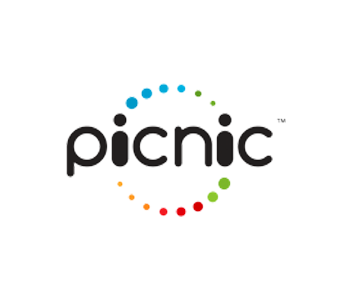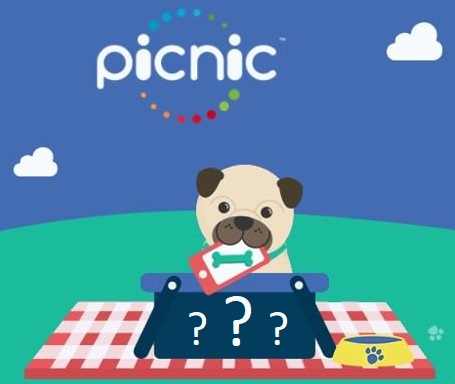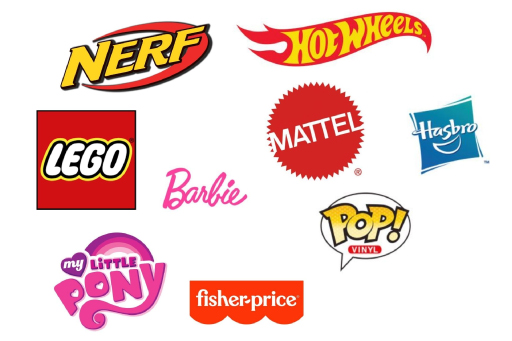
by Steve Bocska
Steve is the CEO and founder of PUG Interactive Inc., a company specializing in gamification and engagement solutions. With over 20 years of experience in the gaming industry, Steve focuses on using game design principles to enhance user experiences in non-game contexts.
“Flow” is a psychological state described by Mihaly Csikszentmihalyi whereby someone looses their sense of the present because they become completely immersed and intensely focused in an often mundane, though vaguely pleasurable, activity. Picture a musician lost in the music, a gamer absorbed in a challenging level, or an athlete in the zone. Flow is characterized by a deep sense of absorption, concentration, and pure enjoyment. It happens when the challenges of the activity perfectly match a person’s skills, leading to a state of optimal performance.
But flow is very closely related to deep engagement gamification. Both can boost and facilitate the experience of flow in various activities. The end-game with gamification is about bringing game design elements and principles into non-game contexts to ramp up engagement and motivation. Think of it as sprinkling a bit of game-like fun onto everyday tasks. For example, imagine a language learning app that rewards you with points and virtual badges as you complete lessons or interact with the app’s features. Those elements make the learning process feel more like a game, making it enjoyable and encouraging you to keep going.
Much like flow, gamification further taps into our natural desires for achievement, status, competition, and mastery. It takes advantage of these motivators to keep us engaged and motivated. But unlike flow’s intrinsic personal motivators, certain gameplay mechanics can be much more outward-facing. For example, our desire to help others can be inspired as we work together to achieve a common goal as is the case with collaborative game mechanics where group participation is required to collectively complete a task or or challenge.
On the other hand, when gamification is skillfully implemented, it can create conditions that support the experience of flow. By designing tasks and activities that have clear goals, offer immediate feedback, and present appropriate challenges, gamification helps us enter a flow state more readily. For instance, a fitness app that sets personalized goals, tracks your progress, and provides real-time feedback can enhance the flow experience during workouts. The game-like elements and mechanics in gamified systems improve the perceived balance between our skills and the challenges we face. They help us stay focused, maintain motivation, and get into that immersive flow state.
Moreover, gamification contributes to sustained engagement because it taps into intrinsic motivation and offers extrinsic rewards. Intrinsic motivation arises from the sheer satisfaction and enjoyment we derive from the activity itself. It’s the feeling of joy when we solve a puzzle or the thrill of discovering new things. Extrinsic rewards, on the other hand, provide external incentives or recognition for completing tasks or achieving specific milestones. For example, earning a special badge for completing a series of difficult tasks can give us an extra boost of motivation. When combined effectively, both intrinsic and extrinsic motivators can fuel engagement and support the occurrence of flow.
However, it’s important to remember that gamification alone doesn’t guarantee flow. The design and implementation of gamified elements should consider individual preferences, interests, and capabilities. For instance, a productivity app that incorporates game-like features, such as progress bars or milestone celebrations, should be tailored to the user’s work style and goals. Additionally, the intrinsic value and meaningfulness of the activity itself play a crucial role in facilitating flow experiences. When gamification is thoughtfully integrated with an engaging activity that aligns with our interests and values, it enhances the overall experience and increases the likelihood of flow.
So, whether it’s a language learning app, a fitness tracker, or a productivity tool, gamification can add that extra touch of engagement and motivation that propels us into the amazing state of flow. It’s like turning everyday activities into playful adventures, where we can excel and find deep satisfaction.
Keep Reading...

World of PUG Blog April 3, 2024
PUG Announces Launch of AI-Driven Intelligent Rewards System (IRS)
by Steve BocskaPress ReleaseFOR IMMEDIATE RELEASEPUG Interactive Launches Intelligent Rewards

World of PUG Blog April 3, 2024
PUG Interactive Unveils InsightPulse: A Revolutionary Predictive AI Analytics Dashboard
by Steve BocskaPress ReleaseFOR IMMEDIATE RELEASEPUG Interactive Unveils InsightPulse: A

World of PUG Blog March 21, 2024
Building Bonds: The Future of Family-Focused Loyalty Programs
by Steve BocskaThe children's toy industry, home to iconic brands


